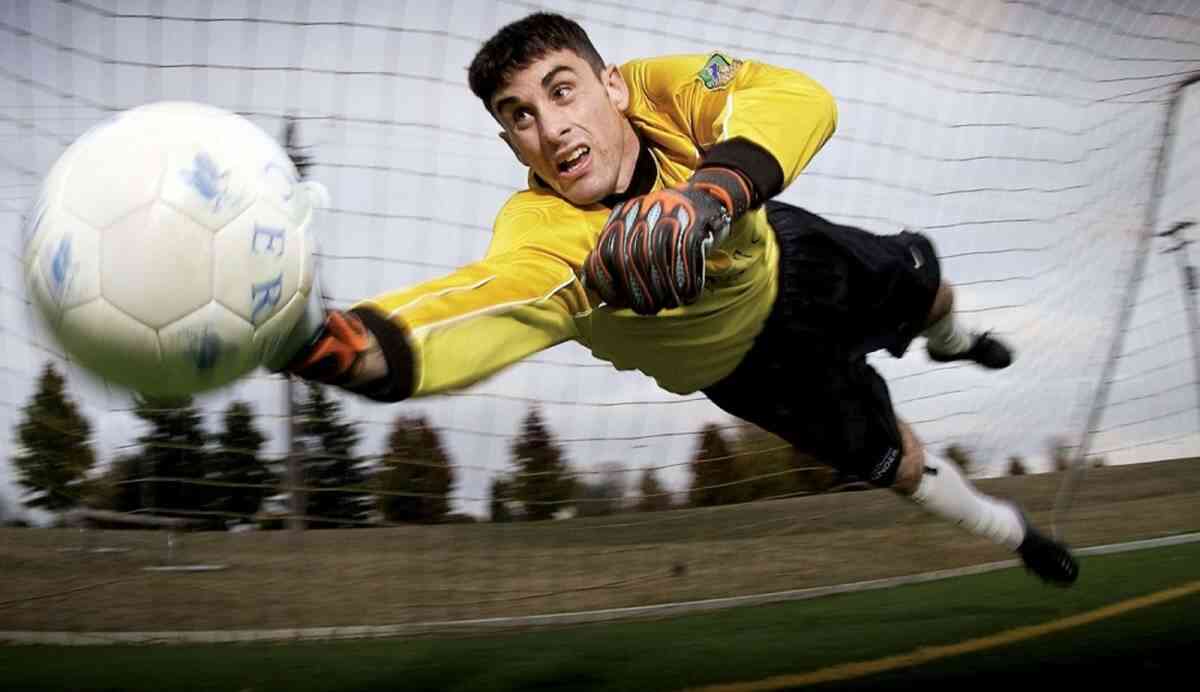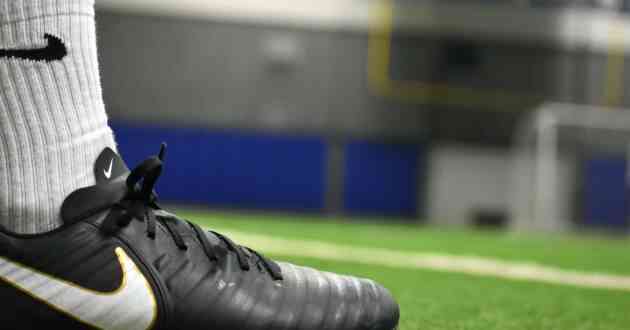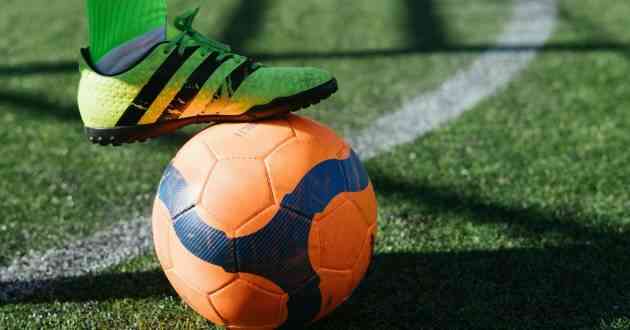A Comprehensive Guide To Choosing Goalkeeper Gloves

Choosing a pair of gloves for the keeper role can be difficult. In this article, we have compiled the various factors.
Choosing a pair of gloves for the keeper role can be difficult. There are so many manufacturers in the market but there is no single store that stocks all your requirements. In this article, we have compiled the various factors involved in identifying the perfect goalkeeper gloves from different brands to provide you with an overview of what is on offer out there.
Selecting the Right Goalkeeper Glove
Choosing the correct goalkeeper gloves is a vital part of playing the position. The right pair of gloves will provide grip, protect your hands, and help you make those crucial saves. With so many different types and brands of gloves on the market, it can be difficult to know where to start when choosing a pair. This guide will help you select the right goalkeeper gloves for your needs.
When choosing goalkeeper gloves, there are a few factors to consider. The first is the type of fabric they are made from. latex or neoprene? Latex is a natural material that provides excellent grip in both dry and wet conditions, but it can be difficult to break in and isn't as comfortable as neoprene. Neoprene is synthetic, so it's not as breathable as latex, but it's more comfortable and easier to break in.
The next factor to consider is the palm design. Do you want flat palms or rolled fingers? Flat palms offer more contact with the ball for better control, while rolled fingers provide extra grip and protection. You should also consider the level of padding in the glove; more padding means more protection but less dexterity.
Finally, think about what size glove you need. Goalkeeper gloves come in sizes 6-11, so make sure you try on a few pairs before making your decision. It's important to find a pair that fits snugly without being too tight; you don't want your gloves to slip off during a game.
Types of Goalkeeper Gloves
There are two main types of goalkeeper gloves: those with finger saves and those without. Finger saves gloves have reinforced panels on the inside of the glove that helps protect the fingers from being bent backward, a common injury for goalkeepers. Non-finger save gloves do not have this reinforcement, but may offer other features like extra padding or a palm made of synthetic material.
The most important thing to consider when choosing a pair of gloves is the fit. Gloves should be snug but not too tight, and you should have enough room to make a fist inside them. They should also be comfortable to wear for long periods of time. Other considerations include the climate you'll be playing in and the surface you'll be playing on. Soft ground or artificial turf will require different types of gloves than firm ground or concrete.
Be sure to try on several different pairs of gloves before making your final decision. And don't forget to break them in before using them in a game!
How Does the Keeper Know What Size Glove They Need?
As a general rule, the goalie gloves should be sized so that they are snug but not tight on the keeper’s hands. There should be enough space to allow the keeper to move their fingers and make a fist inside the glove, but the glove shouldn’t be so large that it slides around on the hand or interferes with the grip of the ball.
To find the right size, it is best to try on several different pairs of gloves and see what feels most comfortable. The keeper should also pay attention to how well they can grip the ball in each pair of gloves; if the ball is slipping out of the glove too easily, it is likely too big. Once the keeper has found a few pairs of gloves that feel comfortable and offer a good grip, they can narrow down their choices by checking for other features such as palm protection and breathability.
Choose Between Piece gloves and Multi Piece gloves.
There are two main types of goalkeeper gloves: one-piece and multi-piece. One-piece gloves have a single, unitary construction, while multi-piece gloves have separate sections for the thumb, fingers, and palm.
The choice between one-piece and multi-piece gloves generally comes down to personal preference. One-piece gloves offer a more snug fit and can be easier to put on and take off. Multi-piece gloves may provide a more comfortable fit for some people and can offer better dexterity since the fingers are not as constricted.
One-piece gloves are typically more expensive than multi-piece gloves. This is because they are usually made from higher-quality materials and have more technologically advanced features. Multi-piece gloves may be a good choice for budget-conscious goalkeepers or those who prefer a simpler design.
Midcut vs. Cutaway Goalkeeper Gloves
When it comes to choosing goalkeeper gloves, one of the most important decisions is whether to go for a mid-cut or cutaway design. Both have their pros and cons, so it's important to understand the difference between them before making a choice.
Midcut gloves offer more coverage than cutaway gloves, meaning that there is less chance of the ball slipping through and causing an injury. They also provide more padding and support, making them ideal for goalkeepers who suffer from joint pain or other hand injuries. However, mid-cut gloves can be more difficult to take off in a hurry and they can also make it harder to grip the ball when punching or throwing it.
Cutaway gloves, on the other hand, offer less coverage but are much easier to take off quickly. This can be crucial in situations where the goalkeeper needs to make a save and then get rid of the ball as quickly as possible. They are also generally lighter and more comfortable to wear, making them a good choice for goalkeepers who don't need as much protection. However, because they offer less coverage, they are not recommended for goalkeepers who suffer from hand injuries.
Lacing Systems - Which is Better?
There are two main types of lacing systems for goalkeeper gloves: conventional lacing and reverse lacing. Each system has its own advantages and disadvantages, so it's important to choose the right one for your needs.
Conventional lacing is the most common type of lacing system. It offers a tight fit and good grip, but it can be difficult to put on and take off. Reverse lacing is less common, but it's easier to put on and take off. It also offers a more comfortable fit, but it may not provide as much grip as conventional lacing.
So, which is better? It depends on your needs. If you're looking for a tight fit and good grip, go with conventional lacing. If you need a more comfortable easy-to-use lacing system, go with reverse lacing.
Importance of Cleaning Your Gloves after Each Use
As a goalkeeper, one of your most important pieces of equipment is your gloves. Not only do they provide protection for your hands, but they also help you grip the ball and make saves. It's important to clean your gloves after each use to remove dirt, grime, and sweat that can build up and cause them to deteriorate prematurely. Here's a step-by-step guide to cleaning your goalkeeper gloves:
- Rinse off your gloves with clean water after each use. This will remove any surface dirt or debris.
- Use a mild soap or detergent specifically for washing sports equipment to lightly scrub your gloves. Pay special attention to the palms, as this is where most of the grime and sweat accumulate.
- Rinse off the soap or detergent completely with clean water.
- Use a soft cloth or towel to dry your gloves completely before storing them away. Never put wet gloves away in a bag or container, as this can lead to mildew growth.



